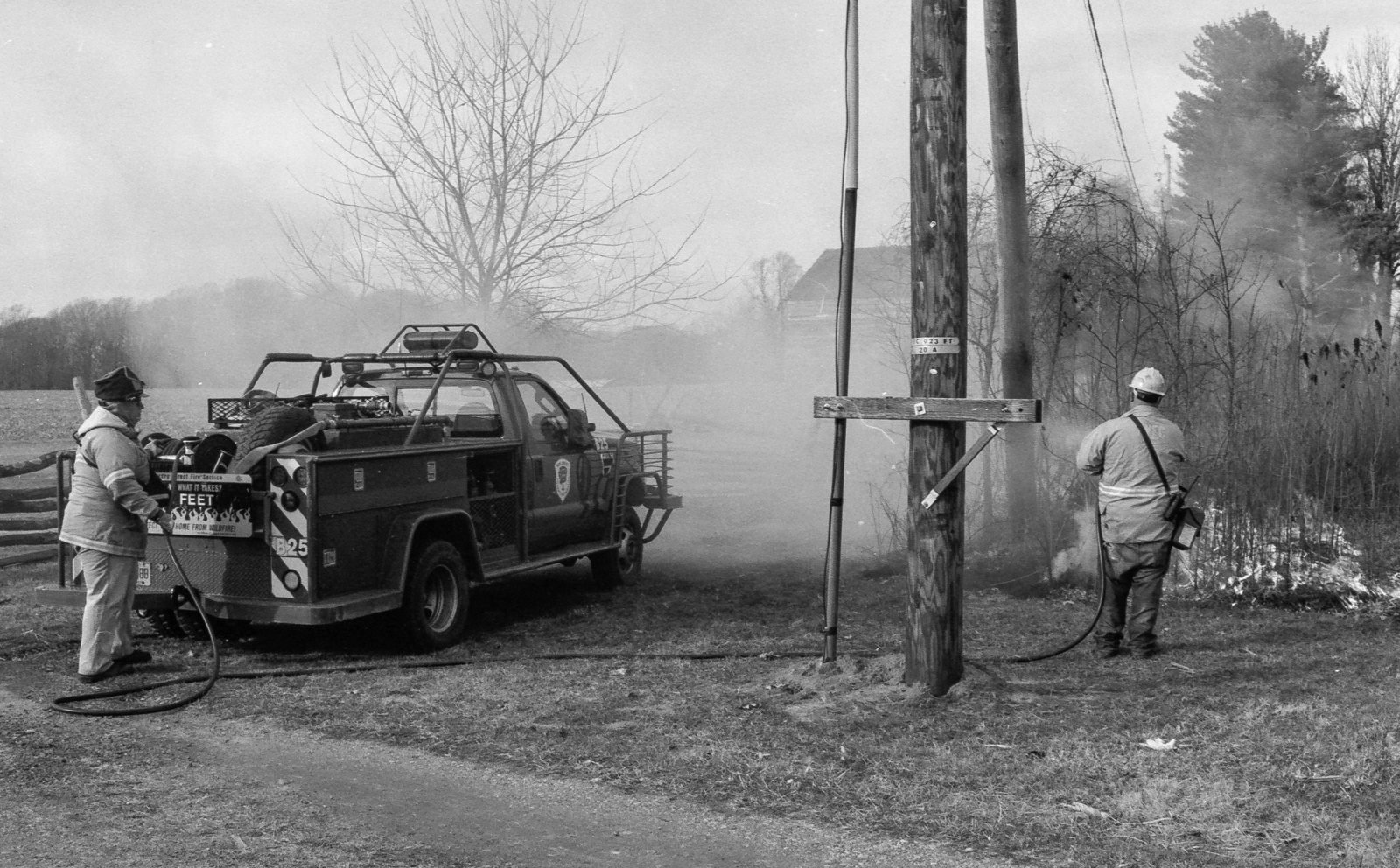Digital sharpening changes the image, based on statistical data and relatively reliable algorithms.
It doesn't reveal detail that is hard to see but otherwise there. It interprets what is there, and adds more based on statistical assumptions.
It certainly makes a lot of scans look better. But it can make the file a less accurate copy of the original.
Here is a scan of a pinhole negative, with relatively little sharpening - it looks reasonably similar to the negative.
View attachment 309439
And here is a sharpened image of the same digital file, with a little bit of contrast tweaking.
View attachment 309440
And finally, here is a nice and pretty positive of the scan, sharpened and adjusted to taste.
View attachment 309441
A carefully made darkroom print will usually appear less "sharp" than the last version, although unsharp masking techniques can be used to add
apparent sharpness.
But in all cases, sharpening adds something that isn't already there.
FWIW, every single method used to digitize film will disrupt the acutance of the original - it is inevitable in any duplication process. Some digitization processes are less disruptive than others. It is appropriate to do some sharpening, to help offset that disruption.





